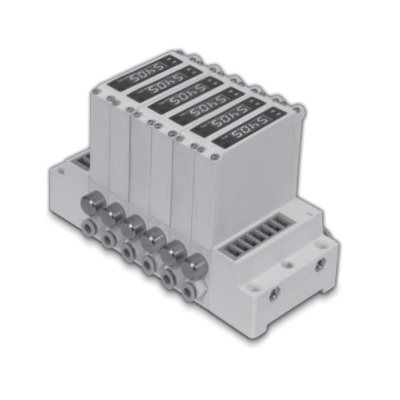2022-03-29
The Basics of a vacuum Ejectors

The Basics of a vacuum Ejectors
A Vacuum Ejectors is a device that uses compressed air for generating a vacuum. It is also an easy and common topic when studying the compressed air system.
There are several factors you need to consider before you leave or put these devices in place. The truth is that the industry now uses a large number of Vacuum Ejectors. The applications vary from pick and place to bulk material handling to vapor extraction, and there is a continuous increase in the number of installations.
Before you proceed with an installation that uses these devices, you should consider two major issues, and these are appropriateness and efficiency.
Efficiency
The issue of efficiency is quite clear. The pickup in efficiency when you switch to an electric-driven vacuum from a compressed air-driven vacuum can range from 2 to 50 times. The general rule of thumb average is that an electric-driven vacuum pump is up to 4 times more energy efficient compared to a compressed air-driven Vacuum Ejectors.
Such numbers are the reasons why energy managers often take serious notice of the possible savings. With the continuous increase of energy costs, it becomes even more imperative to use approaches that can cut down energy costs.
Several general operating characteristics can make improve or worsen the efficiency of venturi-style vacuum pumps. The operating vacuum level is one of these. The comparative efficiency is lower if the required vacuum is higher.
High flow at a high vacuum is the second characteristic. Applications that need high flow rates at the higher vacuum level will have far lesser efficiency compared to electric-driven pumps that provide the same capacity.
The efficiency gap somewhat closes in instances that need high flow at low vacuum. Applications that need a constant flow of vacuum are often more suitable for electric vacuum pumps.
Appropriateness
Things are a bit vague when trying to consider the appropriateness of the use of a Vacuum Ejectors. In applications with a huge number of vacuum Ejectors in small floor areas, it is easier and more economical to use centralized vacuum systems.
But for applications a large floor area only has a few Vacuum Ejectors, it is impractical to use electrical vacuum pumps, particularly when compressed air is the sole pneumatic distance in a reasonable distance.
If there is no adequate electrical service available locally, it may be an expensive endeavor to add a sufficient electrical supply. For processes that require mobility, a Vacuum Ejectors is as equally mobile as an electric-driven vacuum with a smaller physical size.
For applications that produce corrosive vapors, the viable option is a venturi-style vacuum pump considering its simplistic design and the fact that it can be easily used with different construction materials.
Environments that have heavy particulate loads, particularly with very small particles, seem to lend themselves better to these kinds of systems. It is partly because of the filtration requirements of most designs of electric vacuum pumps. When most particulates are smaller than 1 to 5 microns in diameter, the filtration systems tend to become somewhat large for electric vacuum pumps.
Whether appropriateness or efficiency is more important, every Vacuum Ejectors must be individually evaluated to guarantee that it is the most suitable technology for the job.
- Air Source Units
- Control Valves
- Miniature Cylinder
- Standard Cylinder
- Stopper Cylinder
- Dual Rod cylinder
- Compact Cylinder
- Slide Table Cylinder
- Guide Cylinder
- Rodless Cylinder
- Clamp Cylinder
- Gripper Series
- Rotary Cylinder
- Directional Control Series
- Vacuum Equipment
- Fitting/Auxiliaty Equipment
- Accessories
TAIWAN CHELIC CO., LTD.
TEL : 886-2-29041235
FAX : 886-2-29068203
No.21, Guifeng St., Taishan Dist., New Taipei City 243, Taiwan
